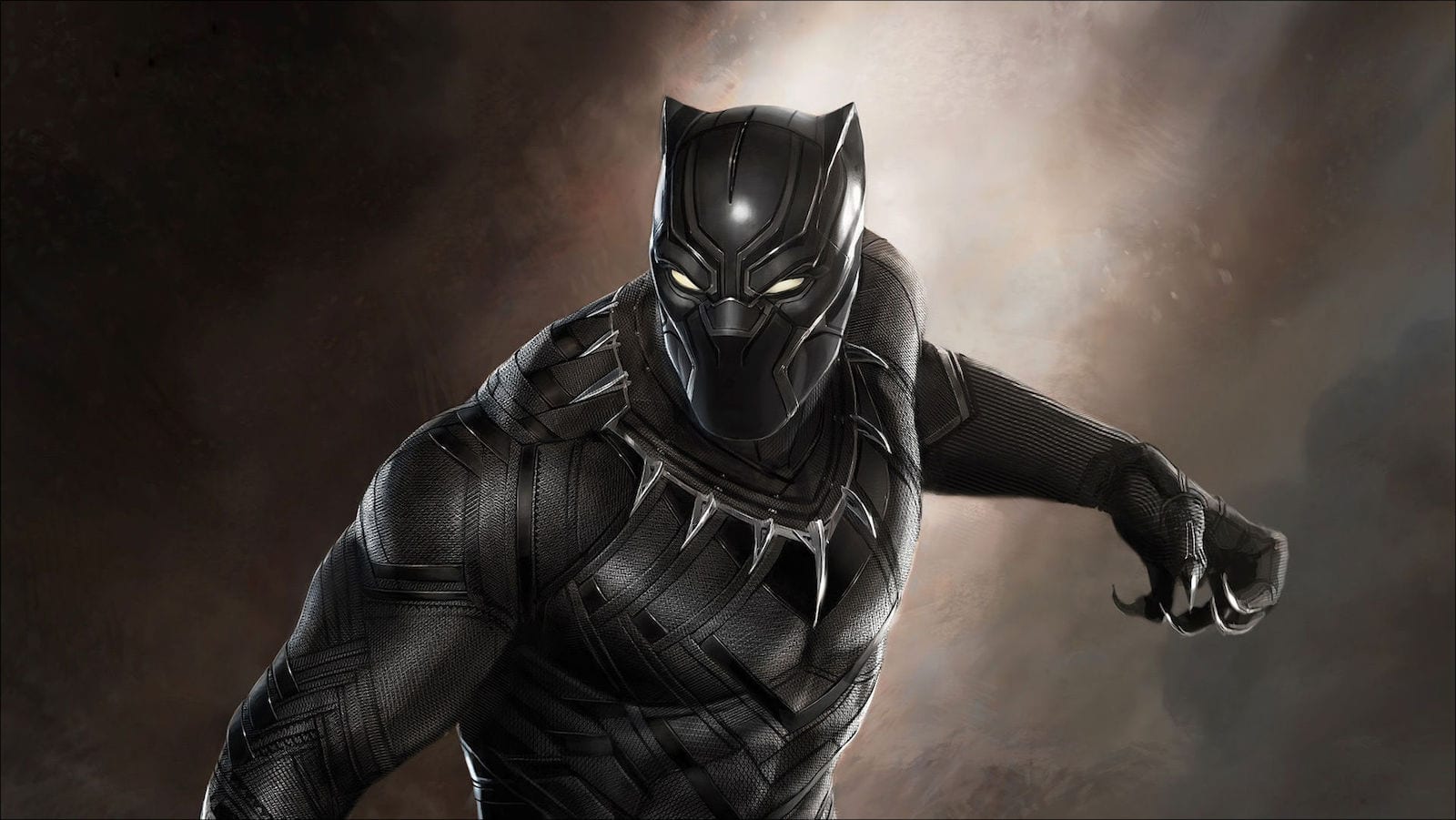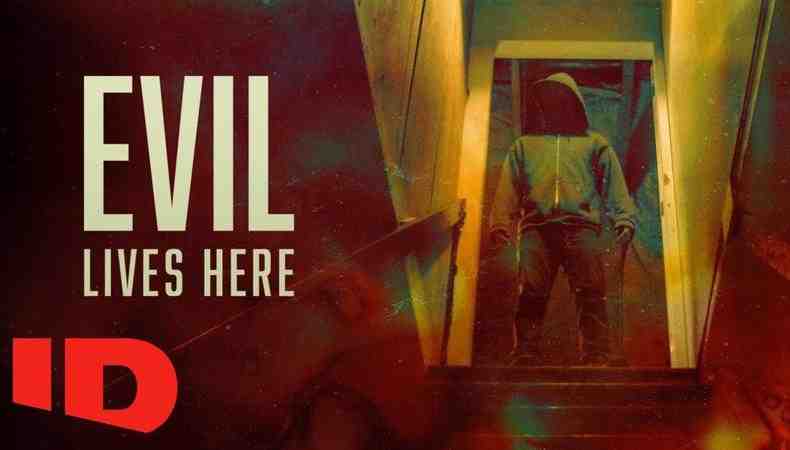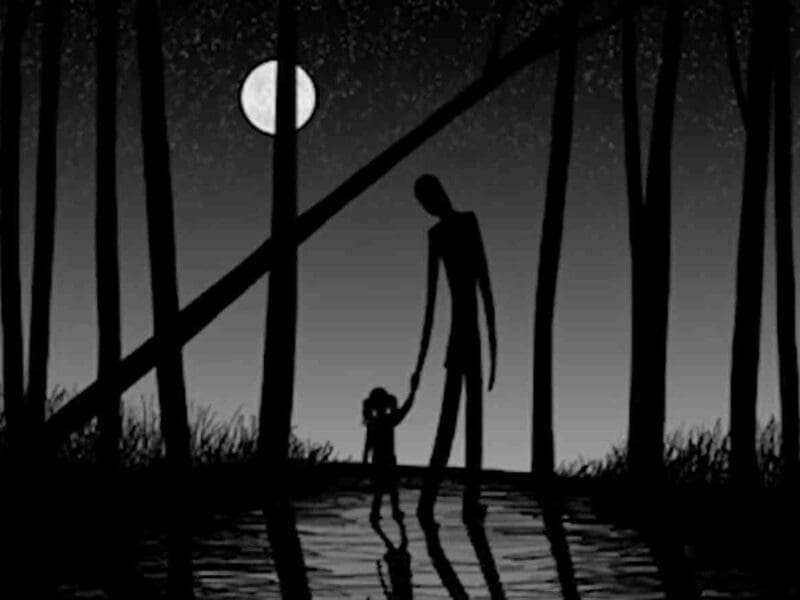
Why ‘The Purge’ is the defining franchise of a fraught era
Warning! Spoilers for The First Purge!
Since the release of James DeMonaco’s first film in 2013, The Purge film franchise has been accused of lacking subtlety or genuine scares, of violently exploiting real world sociopolitical issues for entertainment, and of ruining great Halloween costumes – you need only blast Miley Cyrus’s “Party in the USA” from your phone and throw on a mask and you’ve got yourself an instant Purge costume.

Like it or not, The Purge movies are actually shaping up to be the defining franchise of the decade. Ironically released on the patriotic holiday of July 4th, Gerard McMurray’s The First Purge drew heavily from current US sociopolitical conflicts. An opening montage in the film features a bleak showreel of current social unrest including the Black Lives Matter movement, and hints at a new real estate crisis worse than 2008’s.
Later in The First Purge, an offscreen church massacre committed by white supremacists against people of color is heavily reminiscent of the Charleston church shooting of 2015, when nine African Americans were murdered by a white supremacist during a prayer service.

Accusing the film of being “violence without purpose” and of exploiting “imagery of real world tragedies”, GameSpot trilled in its review of The First Purge: “There’s nothing fun or thrilling about watching white people dressed up as real world hate groups efficiently murdering innocent victims.”
However, it’s easy to argue that such a reading of the movie completely misses the point. The First Purge (like any other era-defining horror) isn’t aiming explicitly for “fun” as much as it’s providing an opportunity for audiences to engage with real world tragedies and their genuine everyday concerns about their country in a confrontational but safe manner.

At the end of the day, that’s the purpose of good horror – not solely to titillate, but to prod and vindicate our deepest fears. As horror master Wes Craven once said: “Horror movies are like boot camp for the psyche . . . the narrative form puts these fears into a manageable series of events. It gives us a way of thinking rationally about our fears.”
In an era where fear is keeping the 24-hour news networks profitable and where we’re made to feel there’s genuine threat and conflict lurking from just about every corner of the country, The Purge franchise offers a warped mirror of the fallout of US national consciousness.

It’s likely the Marvel Cinematic Universe will be championed in years to come as being the defining franchise of the current era – one in which we all sought comfort in the boundless strength of costumed heroes defeating malevolent villains from other worlds and where patriots like Captain America and impossibly rich white dudes like Iron Man joined forces to save the day.
There’s a place for such escapism, but within the tales of the MCU, the US is nearly always presented as being the greatest, strongest nation in the world – the place where all the greatest heroes come from and the place that will inevitably save the world time and time again.
That’s satisfying to see and it’s a cinematic vacation from this flaming trash can of a country, but in delivering such stories, the MCU asks us to look away from our current social conflicts and to gaze adoringly at the US in its idealized form.

By contrast, The Purge franchise tips that flaming trash can over our heads and demands us to play with its charred remnants as a way of working through the current sociopolitical discord. It can be challenging, but the entertainment value found in the movies can help (as the title suggests) to purge us of our own current fears relating to our communities, families, cities, states, and country as a whole.
All of which isn’t to say The Purge movies are just some nihilistic reflections on the US at its absolute worst – it certainly boasts a great deal of that, but it also provides some hope. For the entire third act of The First Purge, the characters we’ve followed since the start of the movie are holed up in their apartment block attempting to fight back against Nazi-style white mercenaries.
On the one hand, it’s harrowing to see people of color dragged from their homes and inhumanely slaughtered by fascists. But on the other, it’s victorious to see William (Y’lan Noel) going full-on Rambo on their asses and single-handedly slaughtering them as he climbs to the top to save Nya (Lex Scott Davis) and her brother Isaiah (Jovian Wade).

Like Jordan Peele’s Get Out, The First Purge is a horror movie that specifically pivots around an African American perspective, something that has been scarcely found in mainstream American horror movies.
That helps to lend The Purge franchise a full-bodied exploration of current US attitudes, concerns, and fears from multiple perspectives that highlight the philosophy of the movies: when the basic tenets of society are disposed of and the general public are dehumanized, no one is safe.
Not even the wealthy Sandin family of the first film are safe hiding in their ivory tower, nor the politicians of The Purge: Election Year, and certainly not the less privileged people on the streets as seen in The Purge: Anarchy or The First Purge. The underlying message of The Purge could be that nobody can afford to feel safe or protected against the current problems being faced in America – and that apathy is simply not an option.

Every decade has its own defining horror franchise that reflects the values, attitudes, and fears of the time. During the ultra-conservative Reagan administration of the 80s, the Friday the 13th films “carried the conservative (and contradictory) theme that if you sin, punishment shall be meted out” courtesy of knife-happy Jason Voorhees (and his mom), who slashed their way through scores of horny, hooched-up, high teenagers.
As John Kenneth Muir put it in his book Horror Films of the 1980’s: “Although the Moral Majority and conservatives railed violently against popular horror films in the 1980’s, the very movies they loathed actually toed the party-line with dedication. To wit, a display of vice (drugs and sex!) would invariable precede the slice-and-dice (a new kind of capital punishment!).”

In the rebellious Generation-X era of the 90s, Kevin Williamson and Wes Craven’s Scream franchise reflected a time when pop culture like the Child’s Play movies, Marilyn Manson, and shoot-em-up video games were blamed for the surge of violence among young people.
The film franchise also reflected a time when rules (be they for scary movies, lifestyles, or politics) were being actively and conspicuously broken. Via the franchise’s ferocious final girl, Sidney Prescott, the Scream films subsequently reject the moral stance of the 80s slasher and reflect the rise of third wave feminism.
As Alexandra West posits in her book The 1990’s Teen Horror Cycle: “Sidney’s heroic ending destroys Billy and Stu’s misogynistic leanings towards the Reagan Era horror film – the kind of film they want to recreate. However the film and Sidney’s journey are more emblematic of third wave feminism’s sex positive leanings.

In the 1990s a Final Girl could have consensual sex but also destroy those who do her wrong.” By the time the 00s rolled around, the humble slasher movie had been superseded by the stomach-churning body pulp of the Saw franchise, which was repeatedly denigrated for its sadism. “Torture, you may recall, used to be an unparsable, unpardonable sin. Now it’s porn,” wailed the Austin Chronicle in its review of Saw IV.
However, there’s certainly a case for the Saw franchise to be read as being a contentious interrogation of American post-9/11 identity.
In their book To See the Saw Movies: Essays on Torture Porn, James Aston and John Wallis argue that “in a decade dominated by war and terrorism, torture and . . . ever increasing powers and controls of governments over its people, the horror film in general, and the Saw films in particular, offer audiences opportunities to confront, understand and possibly work through the traumatic nature of a post-9/11 America.”

With their never-ending cycle of torture and finely coordinated brutality, the Saw franchise could be seen as a critique of post-9/11 US foreign policy and the acts of the War on Terror.
In many ways, The Purge franchise feels like the natural successor of all of these movies, making it the perfect timely artefact of modern fears. They offer a bleak reflection of punishing conservative morality like the 80s slashers did, except The Purge narrative sides more with the victims than with the killers.
In their great self-awareness, they offer a rejection of the past and a reclaiming of modern identity like the Scream films of the 90s did. And they share a similar sense of nihilism in their presentation of sadistic violence just like the Saw franchise did, except we experience the bloodshed on a ground level.

The “games” being played in The Purge aren’t organized by a terminally ill dude out to remind people the value of their lives – the bloodshed is government sanctioned in a bid to “redeem” an entire country of a collective set of sins rather than those of individuals.
What The Purge franchise may remind people of in years to come won’t be a singular iconic killer or a series of inventive deaths. Instead it’ll provide an artefact of a time when disparate communities were looking to protect their own people and when real life conflicts and tragedies were just as frightening as anything you could possibly show on screen.
Unlike the impossible heroism of the MCU, the heroes of The Purge franchise are everyday people figuring out ways to survive their own fractured neighborhoods. And unlike the unavoidable agonizing deaths of the Saw films, The Purge franchise suggests that if you can still fight, there’s still hope – and that may well come to be the defining message of this era.







